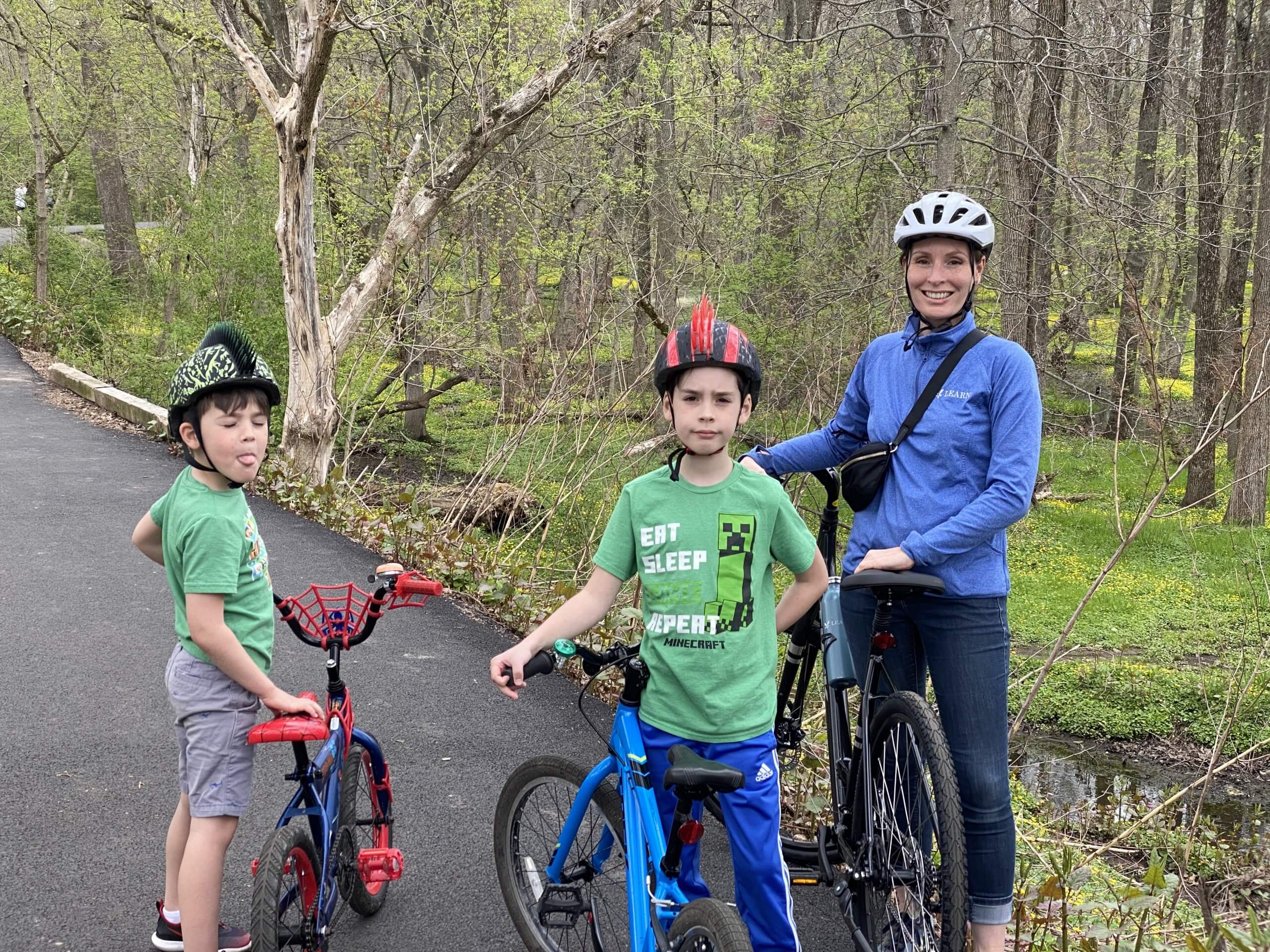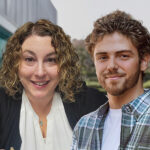This Earth Day and Beyond, Spend More Time in Nature

FEATURED POSTS
by Genevieve Marshall, Ph.D., BCBA-D, LBA
Clinical Director, SPARKS
Years ago, in an undergraduate social psychology class, my professor focused an entire lecture on how the Industrial Revolution affected our relationship with nature. Specifically, the professor talked about the migration to cities and the increasing amount of time children spend inside, whether working or at school. Coupled with an increase in pollution and limited urban green space, doctors started seeing a rise in depression, anxiety, and general malaise. Their prescription? A fresh air retreat—time away from the city, time spent in nature.
I remember thinking how obvious and ridiculous the lecture came across at that time—of course, deprivation from nature is a bummer. Who doesn’t know that? When our visual environment is made of overly constructed spaces and straight lines, it messes with our perception and psychology. A lack of Vitamin D from sunlight makes people sad; how strange it was to me that people needed to see a physician for medical advice when nature was free and plentiful.
In my reaction, twenty-some years ago now, I recognize my privilege in being able to spend leisure time outdoors. As a child, I spent every day of every summer camping and canoeing or cavorting around my grandmother’s cottage. I built tree forts and caught frogs. In the winter, we skied and went sledding. I see now that access to abundant nature was a privilege. My parents could facilitate access; it aligned with their ‘crunchy’ conservation mindset, and they were afforded time away from work or caregiving. We also lived in a place close to nature—it was accessible, and, so, I took for granted that access was not always free.
Fast forward to the present day, and I no longer consider the prescription for nature ridiculous. After all, we are navigating social media algorithms designed to increase screen time and, for many of us, our sedentary behavior. We are recovering from unprecedented global illness and worn-out from the anticipation of further political divide. For some, the cold winter months brewed an apathy that made the idea of time outside seem too effortful or uncomfortable.
As an adult this past winter—a parent and a remote-first employee—my enthusiasm for the outdoors froze. My boys, too, started to fight me on going outside. Their curiosity and energy dulled. Too tired to stand firm, I would approve screen time requests for more Roblox or Fortnite, so I could focus my energy on indoor life. The greyness of winter life started to feel like a never-ending cycle of work, chores, and screen time.
Then spring hit. The days stretched longer and felt brighter. The trees started to come alive, and I felt like wearing pants with buttons for the first time in a while. My boys, not so much. They were still trapped in the brain fog of short, dark days and too much screen time. They were suffering from Nature-Deficit Disorder. The only prescription? More cowbell. Uh…that’s not right. The only prescription? More time outside.
Richard Louv coined the term nature deficit disorder in his international bestseller from 2005, Last Child In the Woods, where he writes that “the child in nature is an endangered species, and the health of children and the health of the Earth are inseparable.” In his more recent book, Vitamin N: 500 ways to Enrich the Health & Happiness of Your Family & Community, Louv suggests that pediatricians across the country are now writing park prescriptions. The science is clear: time in nature is as important as eating a balanced diet and sleeping well. As Louv explains, experiences in the natural world boost the immune system, stimulate learning and creativity, and serve as a buffer to depression and anxiety. Confirmed by our optometrist at a recent eye exam, time in nature can even improve myopia.
So, my family renewed our commitment to nature and took a page from Louv’s book: we set up a rule that we had to spend 30 minutes engaged in movement outside every day, rain or shine. I would be a liar if I told you we accomplished this goal every day. In fact, I resorted to peppering in a few behavior analytic interventions (see: Premack Principle) to buoy the effort and enthusiasm. But every day is easier, and we are all feeling less ‘blah’ and more ‘yeah’ as the sunshine feeds our energy. We plan one big activity every weekend—a hike, a long bike ride, or a yard project.
On this Earth Day, start to think about how much time you spend outside- how much time your kids spend outside. I would be a hypocrite to stand on this organic fair-trade soap box and tell you to limit your environmental impact by removing meat from your diet or to stop purchasing single use plastic. A conservation mindset is important, but you have to take care of yourself to take care of others (and the world). You can skip the Birkenstocks and tree hugging—and just spend some time outside. Get some Vitamin N (nature). It is rough out there, but I promise, sunshine and fresh air will make you feel better.
Want to know how nature can help your child or teen with autism? Browse these stories and studies:
“Nature as a Healer for Autistic Children,” Alexandria Engineering Journal, v. 58, 2019
“Kids with Autism Benefit from Outdoor Classroom,” Toronto Star, 2013






